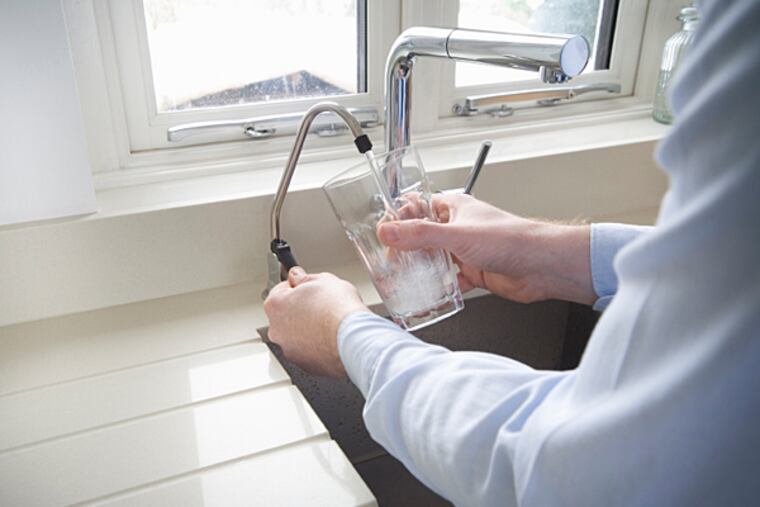It’s up to the states to protect our drinking water | Editorial
Uncertainty about levels of drinking water contamination and remediation costs should not stand in the way of action in Harrisburg and other state capitals.

The U.S. Environmental Protection Agency’s unhurried response to the contamination of drinking water by what are commonly called PFAS chemicals has prompted New Jersey to take a lead in setting standards for maximum exposure, with Pennsylvania among a group of seven states looking to make similar moves.
There is no national standard for these Perfluoroalkyl substances, chemicals used in manufacturing. In February, the EPA said the process of setting one would take several years. Meanwhile, the EPA will continue its nonbinding “health advisory” limit of 70 parts per trillion, which some federal government scientists regard as ineffectual. The impression created is that of an EPA too consumed with Trump administration obfuscations about climate change to get a sense of urgency about the safety of drinking water in the Philadelphia region and elsewhere around the state and country.
The substances in question were manufactured for use in consumer products such as carpeting and “nonstick” cookware. The use of PFAS, which some call “forever” chemicals because they do not readily break down in the environment, has been phased out and chemical substitutes have been phased in, but the damage has been done.
As in the case of other contentious issues -- gun control comes to mind -- abrogation of federal responsibility means state and local governments must find solutions.
Pennsylvania has determined that nearly 500 public water systems across the commonwealth must be tested due to their proximity to manufacturing plants or sites of heavy use of PFAS. The Philadelphia Water Department has begun its own tests that will continue through 2019.
Contaminated water is a primary source of PFAS in the human body, where its presence persists and may be linked to serious health conditions, according to the Centers for Disease Control and Prevention. “The one thing I’ve learned is that we have a lot to learn about these chemicals," says Pennsylvania Rep. Todd Stephens, a Montgomery County Republican who would like the state to adopt a safety standard pinning safe consumption to “nondetectable” levels of the chemicals in drinking water.
Horsham Township, where Stephens and his family are among the 27,000 residents, adopted that standard for the carbon filtration process installed in its municipal water system. The filtering operation costs $1.2 million annually and is passed on to local ratepayers as a surcharge on their water bills. A measure sponsored by Stephens that would provide relief to ratepayers in Horsham and similarly affected communities is scheduled to be considered by the full House next week.
As The Inquirer’s Justine McDaniel and Laura McCrystal recently reported, “unlike in other states, [Pennsylvania’s] governor cannot create an enforceable standard, known as a Maximum Contaminant Level, and Harrisburg has not passed legislation to address the crisis. Officials say they are constrained by regulatory requirements, bureaucracy, funding, and the need for more research.”
Unlike Washington, Harrisburg at least seems aware of the magnitude of the PFAS problem. But bureaucratic and funding constraints can be said to exist pretty much all the time everywhere and about everything. And while we don’t yet know enough about these chemicals, we do know that they’ve been detected in breast milk. That alone should be enough to jolt Pennsylvania into action.